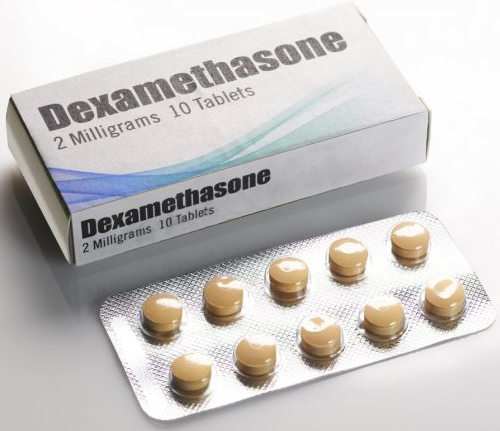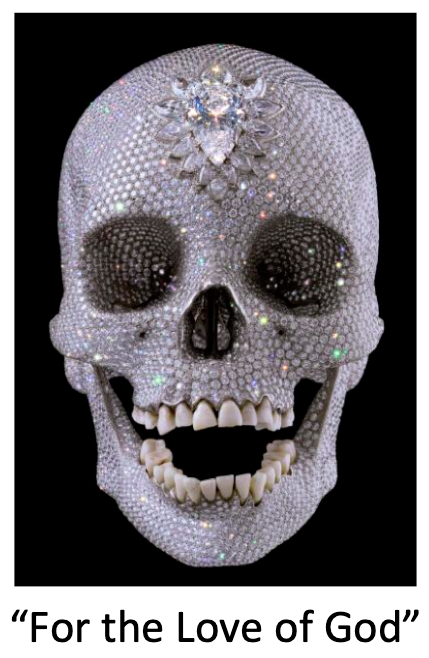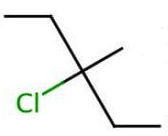Culture of Chemistry (5)

The Culture of Chemistry quizzes illustrate some of the Nature of Science aspects of the course. They aim to widen your general knowledge about our subject and give you some genuine examples of how chemistry works practically both now and in the past in everyday life as well as theoretically. Each quiz consists of ten multiple choice questions. Full answers and explanations are provided to hopefully increase your enjoyment and love of chemistry as well as stimulate your interest to perhaps do some further research.
Introduction
This is the fifth of the Culture of Chemistry quizzes. The quizzes have several aims. Essentially they illustrate some of the Nature of Science aspects of the course. They may also be helpful for your study of Theory of Knowledge as culture is one of the twelve TOK concepts. The questions are unlikely to contain content that will be examined as such in the May/November examination sessions but they aim to widen your general knowledge about our subject and give you some genuine examples of how chemistry works practically both now and in the past in everyday life as well as theoretically. They are meant to be fun and perhaps in these current Covid times also provide a little bit of light relief. I would not expect you to know many of the answers so the score you get is irrelevant but I have provided fulsome answers and explanations to hopefully increase your enjoyment and love of chemistry as well as stimulate your interest to perhaps do some further research. Some of the questions may provide you with the spark of an idea that you could develop for your individual scientific investigation (IA) or extended essay.
Culture of Chemistry (5) Quiz
Which constant has no units?
Kc = [NH3]2/([H2]3[N2]) so if [ ] represents concentration then Kc has the units mol−2 dm6. However equilibrium constants have no units as [ ] represents activity (not concentration) in equilibrium expressions and activity is dimensionless. Electron affinity is measured in kJ mol−1, Avogadro's constant is 6.02 x 1023 mol−1 and for a first order reaction the rate of change in concentration = k[A]1 so k = s−1, if time is measured in seconds.
A party trick is to give someone a cup of tea, add sugar and get them to stir it with a spoon which disappears once they start stirring. What is the spoon made of?
Gallium is a metal and a spoon made from gallium looks indistinguishable from a spoon made of stainless steel. However gallium melts at 30 oC so drops to the bottom of the cup and is hidden by the dark solution of tea. See the embedded video for a demonstration.
Other than water, which two chemicals are used to make up Bordeaux mixture?
Bordeaux mixture is a fungicide, often sprayed on vines to prevent infestations of downy mildew and other fungi. A typical mixture contains (by mass) one part of copper(II)sulfate, one part calcium hydroxide (slaked lime) and 100 parts water. Although the copper ions can build up in the soil, Bordeaux mixture is approved for organic farming.
Which artist produced the sculpture "For the Love of God" made out of platinum, carbon (diamonds) and human teeth?

The sculpture was produced by Damien Hirst in 2007. It is made out of a platinum cast of an 18th century human skull encrusted with 8,601 diamonds. The teeth are original human teeth.
Dexamethasone is a drug that has been licensed for use for many years. Recently it has been shown to be effective in treating patients suffering from Covid-19. What other illness is it mainly used to treat?

Dexamethasone is a synthetic steroid used mainly to treat inflammatory and autoimmune disorders such as rheumatoid arthritis although it does have many other uses such as for acute oedema caused at high altitude and croup in children where it can help to relieve the airway.
Who or what is a peterman?
Peterman is a term used to describe a criminal who explodes safes to commit robbery. It is thought that the name comes from the use of gunpowder to blow open the safes. Gunpowder contains potassium nitrate which has the common name saltpetre.
Which Nobel Prize winner for Chemistry worked on the production and use of phosgene (carbonyl dichloride) and mustard gas (dichloroethyl sulfide) as chemical weapons during World War I?
Victor Grignard (1871 – 1935) won the Nobel Prize for Chemistry in 1912 for his work on the Grignard Reaction - the addition of an organomagnesium halide (Grignard reagent) to a ketone or aldehyde, to form a tertiary or secondary alcohol, respectively. He joined the French army on sentry duty as a corporal in 2014 but later transferred to the explosive division where he worked on chemical weapons.
Which of these gases are mainly methane?
I. fire damp
II. biogas
III. marsh gas
Methane is formed naturally by the anaerobic decomposition of organic material. It is found in coal mines as fire damp and at the bottom of lakes and ponds as marsh gas. Biogas (which contains methane and carbon dioxide) is formed by any organic material broken down by anaerobic bacterial in the absence of oxygen.
The skeletal formula of an organic molecule is shown.

What is the name of this compound according to the IUPAC naming convention?
To name the compound according to IUPAC take the longest carbon chain then apply the substituents using the lowest numbering alphabetically.
Only four people have been awarded a Nobel Prize twice. Three of them were chemists, but only one of them has won the Nobel Prize for Chemistry twice. Linus Pauling was awarded the Nobel Prize for Chemistry in 1954 and the Nobel Peace Prize in 1962. Marie Curie was awarded the Nobel Prize for Physics in 1903 and the Nobel Prize in Chemistry in 1911. Who is the only person to have won the Nobel Prize for Chemistry twice?
Frederick Sanger won the Nobel Prize for Chemistry in 1958 for his work on the amino acid sequence in insulin and again in 1980 for his work on developing a method to read DNA.

 IB Docs (2) Team
IB Docs (2) Team